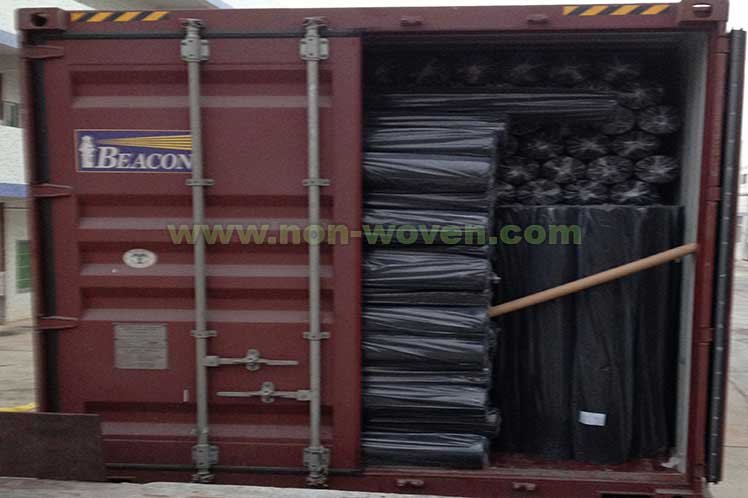Introduction
Drainage is an important process in many industries, particularly construction, as it helps to remove water from a designated area. An effective drainage system is essential to prevent waterlogging and ensure that the ground is dry.
There are various types of drainage systems, each with its advantages and disadvantages. Surface drainage, for example, is not suitable for all applications.
One of the most popular types of drainage systems is non woven geotextile drainage fabric. This type of drainage fabric is made from synthetic fibers that are woven together to form a strong, permeable fabric.
Non woven geotextile drainage fabric is available in three different types: needled, spun-bonded, and stitched. Keep reading to learn more about the different types of non woven geotextile drainage fabric and their applications!learn more(wikipedia)
What is geotextile drainage fabric?
Geotextile drainage fabric is a type of drainage material that is made from synthetic fibers. The fibers are woven together to form a strong, permeable fabric. Geotextile drainage fabric is available in three different types: needled, spunbonded, and stitched.
The three types of Non Woven Geotextile Drainage Fabric
1. Needled geotextile drainage fabric: Needled geotextile drainage fabric is made from a combination of short and long fibers. The fibers are interlocked to form a strong fabric. Needled geotextile drainage fabric is very strong and resistant to tearing.
2. Spunbonded geotextile drainage fabric: Spunbonded geotextile drainage fabric is made from a combination of short and long fibers. The fibers are spun together to form a strong fabric. Spunbonded geotextile drainage fabric is resistant to tears and punctures.
3. Stitched geotextile drainage fabric: Stitched geotextile drainage fabric is made from a combination of short and long fibers. The fibers are stitched together to form a strong fabric. Stitched geotextile drainage fabric is very strong and resistant to tearing.
The benefits of Non Woven Geotextile Drainage Fabric
1. Geotextile drainage fabric is very strong and resistant to tearing.
2. Geotextile drainage fabric is permeable, which means it allows water to pass through it while filtering out soil particles.
3. Geotextile drainage fabric is available in a variety of widths and lengths, making it versatile for a variety of applications.
4. Geotextile drainage fabric is easy to install and does not require special equipment.
5. Geotextile drainage fabric is cost-effective and easy to maintain.
How to choose the right type of Non Woven Geotextile Drainage Fabric for your project
When choosing a type of geotextile drainage fabric for your project, you need to consider the following factors:
1. The application: The type of geotextile drainage fabric you choose will depend on the application. If you are installing a drainage system for a construction project, for example, you will need a different type of fabric than if you are installing a drainage system for an agricultural project.
2. The soil type: The type of geotextile drainage fabric you choose will also depend on the type of soil. If you are installing a drainage system in an area with sandy soil, for example, you will need a different type of fabric than if you are installing a drainage system in an area with clay soil.
3. The climate: The type of geotextile drainage fabric you choose will also depend on the climate. If you are installing a drainage system in an area with a hot climate, for example, you will need a different type of fabric than if you are installing a drainage system in an area with a cold climate.
Conclusion
Non Woven Geotextile Drainage Fabric is a type of drainage material that is made from synthetic fibers. The fibers are woven together to form a strong, permeable fabric. Geotextile drainage fabric is available in three different types: needled, spun-bonded, and stitched. Each type of geotextile drainage fabric has its advantages and disadvantages. You need to consider the application, soil type, and climate when choosing the right type of geotextile drainage fabric for your project.

